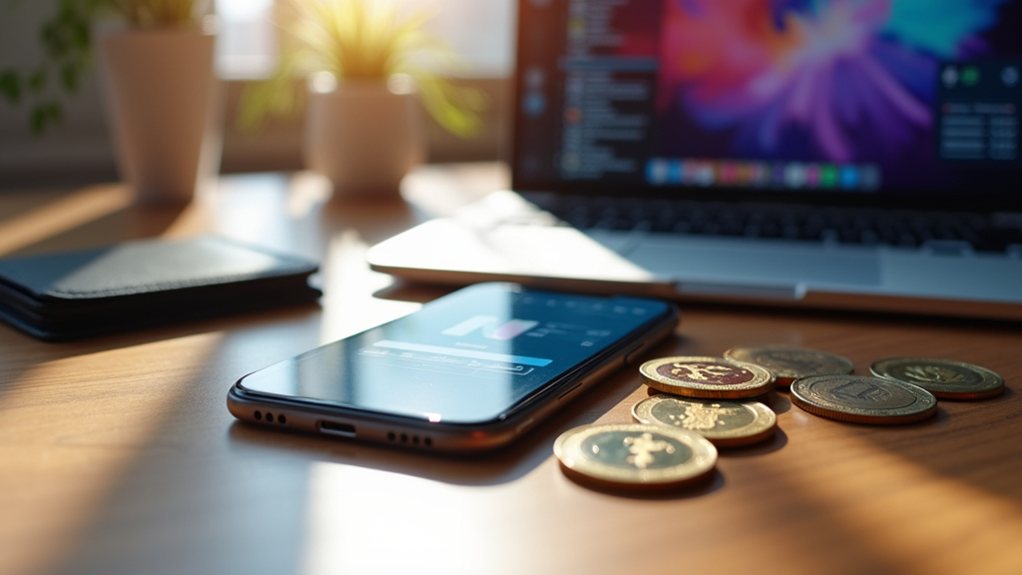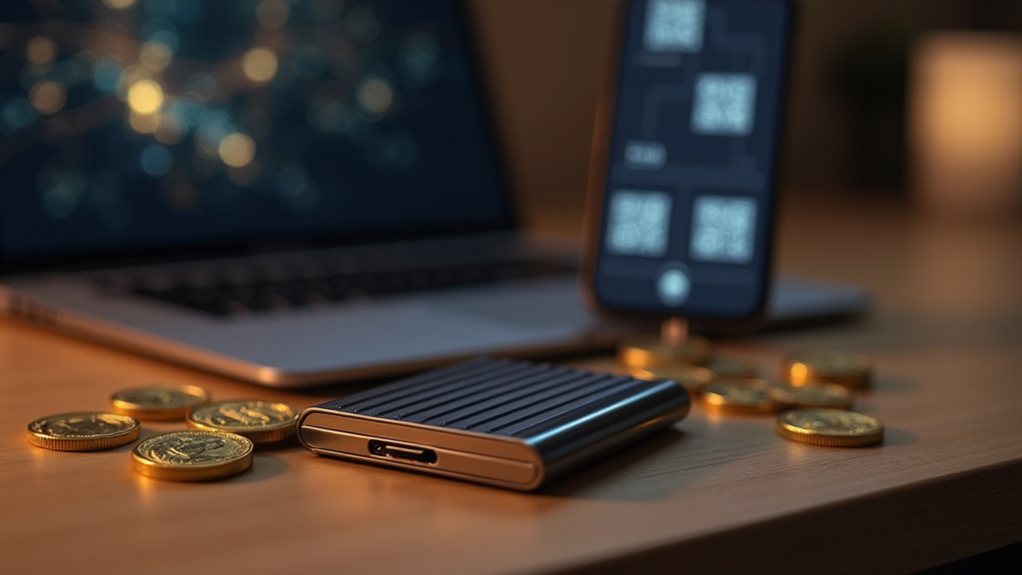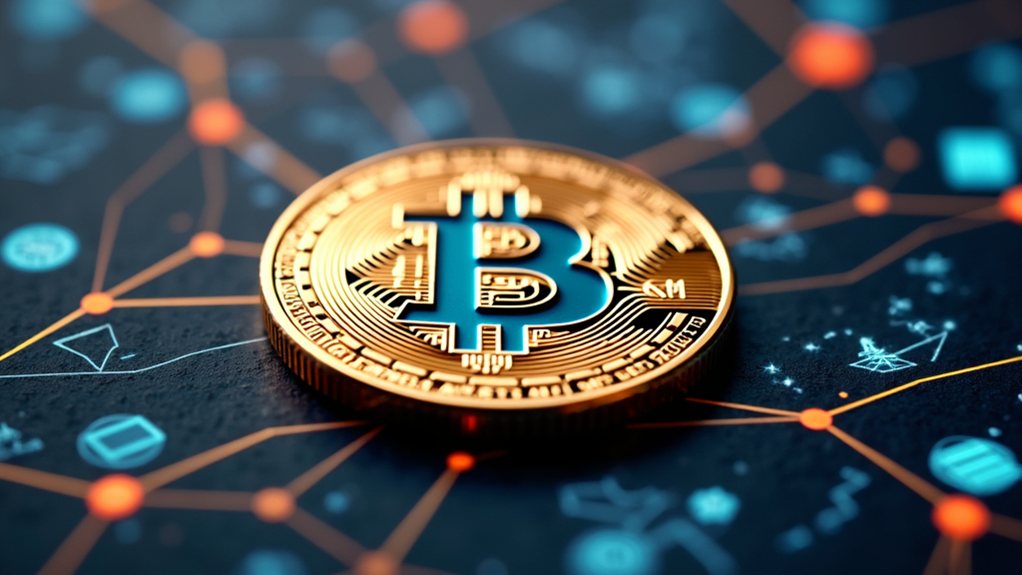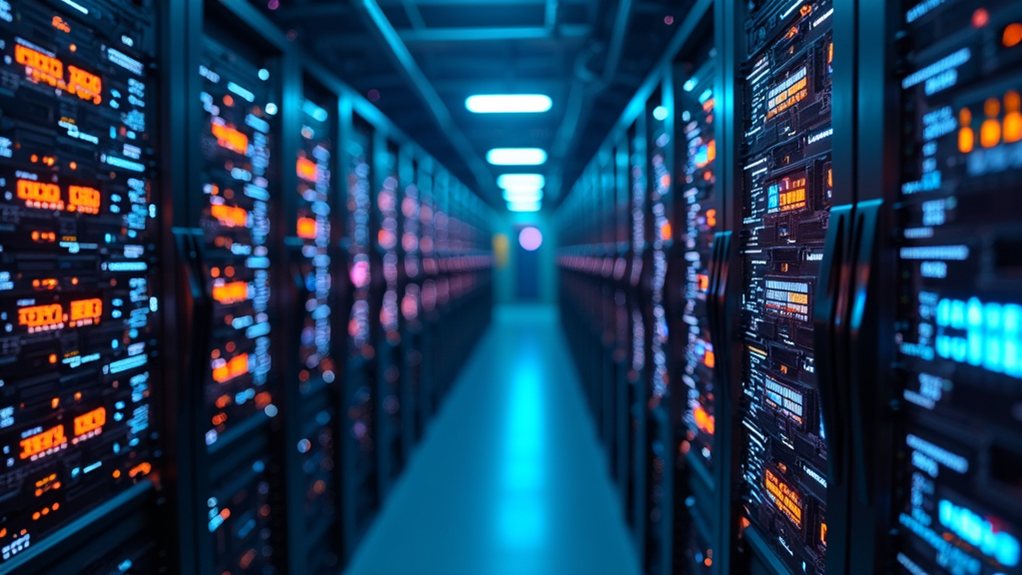Buying an NFT requires a few basic steps. First, choose a marketplace like OpenSea or Rarible. Then set up a cryptocurrency wallet such as MetaMask or Coinbase Wallet. Next, purchase cryptocurrency (usually Ethereum) and transfer it to your wallet. Browse the marketplace, select an NFT, and complete the purchase by confirming the transaction. Remember to account for additional gas fees. The process becomes simpler with each transaction.
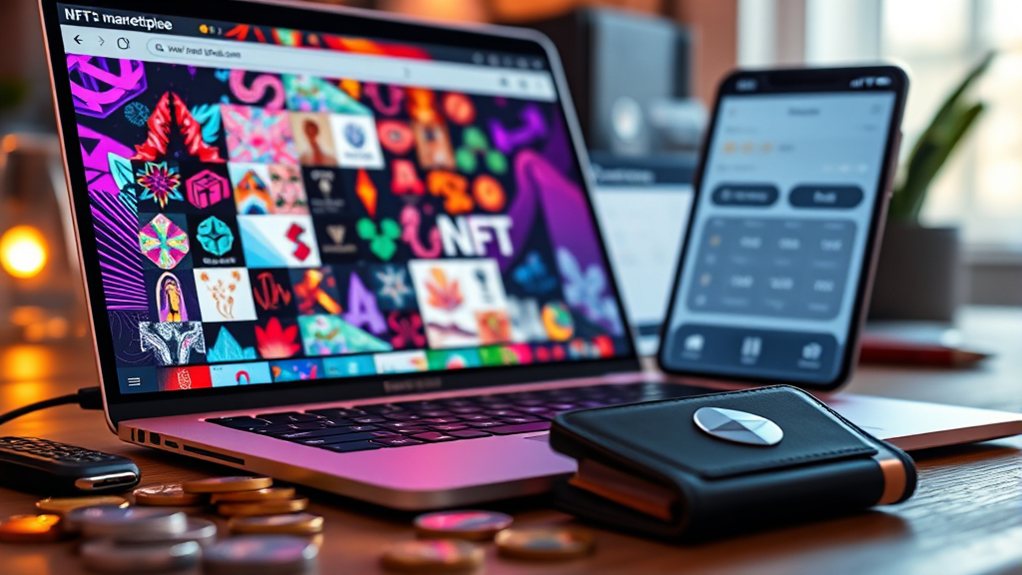
Steering through the world of non-fungible tokens (NFTs) begins with understanding the basic steps of purchase. Anyone interested in buying NFTs must first select a marketplace where these digital assets are sold. Popular options include OpenSea, Rarible, and SuperRare. Each marketplace has different fees, selection of NFTs, and supports various blockchains. NFTs can be purchased on various blockchains including Solana and Bitcoin, along with Ethereum-based options. Some marketplaces specialize in specific types of NFTs such as art, sports memorabilia, or gaming items.
Before making any purchases, buyers need to set up a cryptocurrency wallet. Common wallet options include MetaMask, Trust Wallet, and Coinbase Wallet. These digital wallets store the cryptocurrency needed for transactions and hold the NFTs after purchase. Users download the wallet application or browser extension, create a new wallet, and receive a seed phrase. This phrase serves as the recovery key for the wallet and must be stored securely.
The next step involves funding the wallet with cryptocurrency. Most NFT marketplaces use Ethereum (ETH) as their primary currency. Users can purchase ETH from cryptocurrency exchanges like Coinbase or Binance and transfer it to their connected wallet. It's important to account for gas fees, which are transaction costs on the blockchain, in addition to the NFT price. Some marketplaces offer alternatives like Polygon that have lower fees.
Once the wallet is funded, buyers can browse NFT collections on their chosen marketplace. The platforms typically offer search functions and filters to help find specific types of NFTs. Buyers should examine NFT details, including rarity, ownership history, and creator credentials. The authenticity of an NFT can be verified through blockchain records.
NFTs are available for purchase through different methods. Some have fixed prices and can be bought immediately, while others are sold through auctions where buyers place bids. Before confirming any transaction, users should review all fees involved. Platforms like Crypto.com offer no transaction fees for users, making them attractive options for cost-conscious buyers. The marketplace will prompt the connected wallet to approve the transaction.
Transactions on the blockchain take time to confirm, usually several minutes. Once completed, the NFT appears in the buyer's wallet and marketplace account. The blockchain creates a permanent record of the transaction.
After purchase, proper security measures help protect the investment. Many collectors transfer their NFTs to hardware wallets for enhanced security. Owners can monitor their NFT's value on the marketplace and track trends in the broader NFT market.
The NFT market continues to evolve, with new opportunities emerging for collectors. Some platforms now offer additional features like NFT staking or yield farming, where owners can earn rewards from their digital assets.
Whether buying for collection, investment, or both, understanding these basic steps helps new collectors enter the NFT space.
Frequently Asked Questions
What Happens if the Creator Deletes the NFT After Purchase?
When a creator deletes an NFT after purchase, the buyer may lose access to the underlying asset.
The NFT itself can't be truly deleted from the blockchain, but the content it points to might disappear if stored on centralized servers.
Smart contracts sometimes allow creators to "burn" NFTs.
Buyers don't typically own copyright rights.
This highlights the importance of decentralized storage systems like IPFS to protect NFT investments.
Can I Sell My NFT Immediately After Buying It?
Selling an NFT immediately after purchase is technically possible, but faces several constraints.
Many platforms impose holding periods before resale is allowed. Smart contracts may include time-based transfer locks. Transaction costs like gas fees can reduce profitability of quick flips.
Some communities view immediate resales negatively. Marketplace policies vary, with some flagging suspicious rapid transactions. Blockchain confirmation times also affect how quickly transfers can be completed.
Are There Recurring Fees for Owning an NFT?
Most NFT owners don't face recurring fees after purchase. The main costs occur during the initial transaction or when selling.
However, some NFTs linked to centralized storage might require ongoing payments to maintain the digital assets. If these payments lapse, there's a risk the NFT could lose access to its content.
Most popular NFTs use decentralized storage systems that don't need recurring payments.
How Do I Verify an Nft's Authenticity Before Buying?
Verifying an NFT's authenticity requires several steps. Buyers should check if the NFT is listed on reputable marketplaces like OpenSea or Rarible.
They should investigate the creator's profile and history. Examining the NFT's smart contract on a blockchain explorer confirms its legitimacy.
Buyers can also analyze the metadata and properties of the digital asset. Looking for verification badges and comparing prices to similar NFTs helps spot potential scams.
What Happens to My NFT if the Marketplace Shuts Down?
If a marketplace shuts down, the NFT's ownership record remains safe on the blockchain.
The owner won't lose their NFT, as it's not stored on the marketplace's servers. However, access to the linked digital file may be affected if it was hosted by the marketplace.
The NFT can still be transferred to other platforms, though its value and utility might change depending on the closed marketplace's importance.






